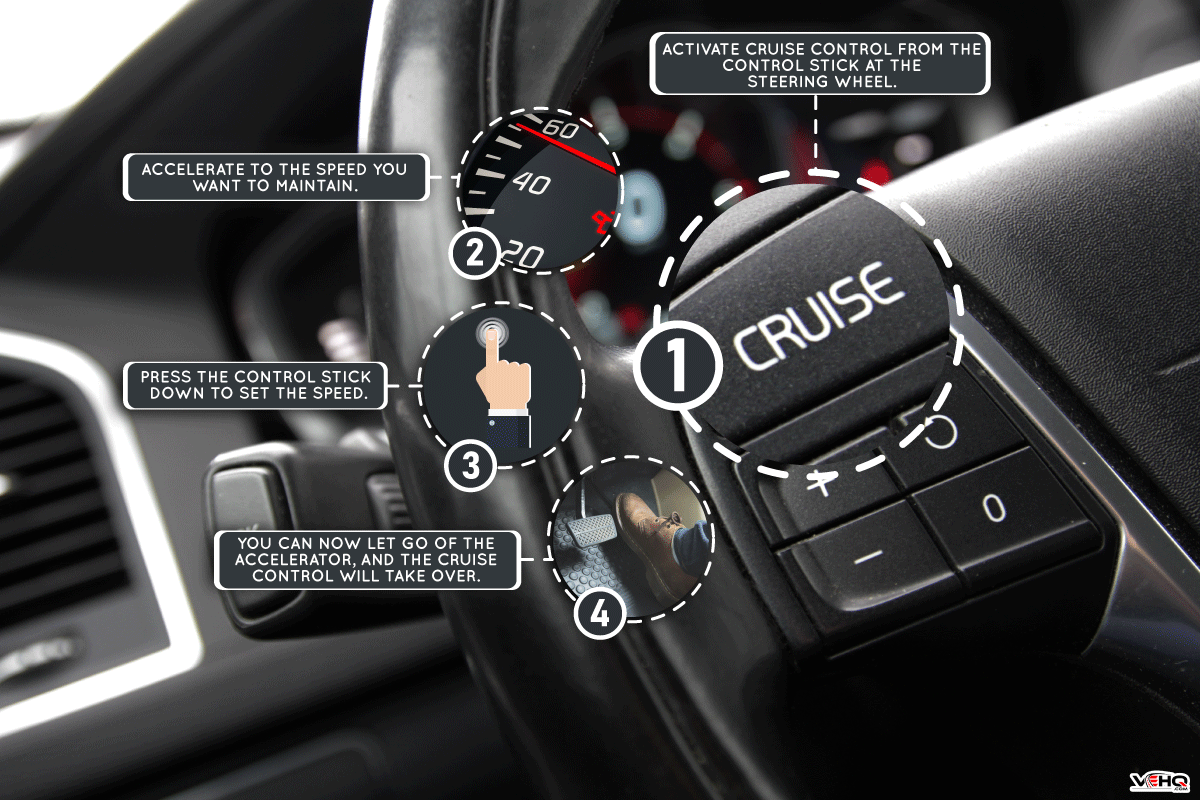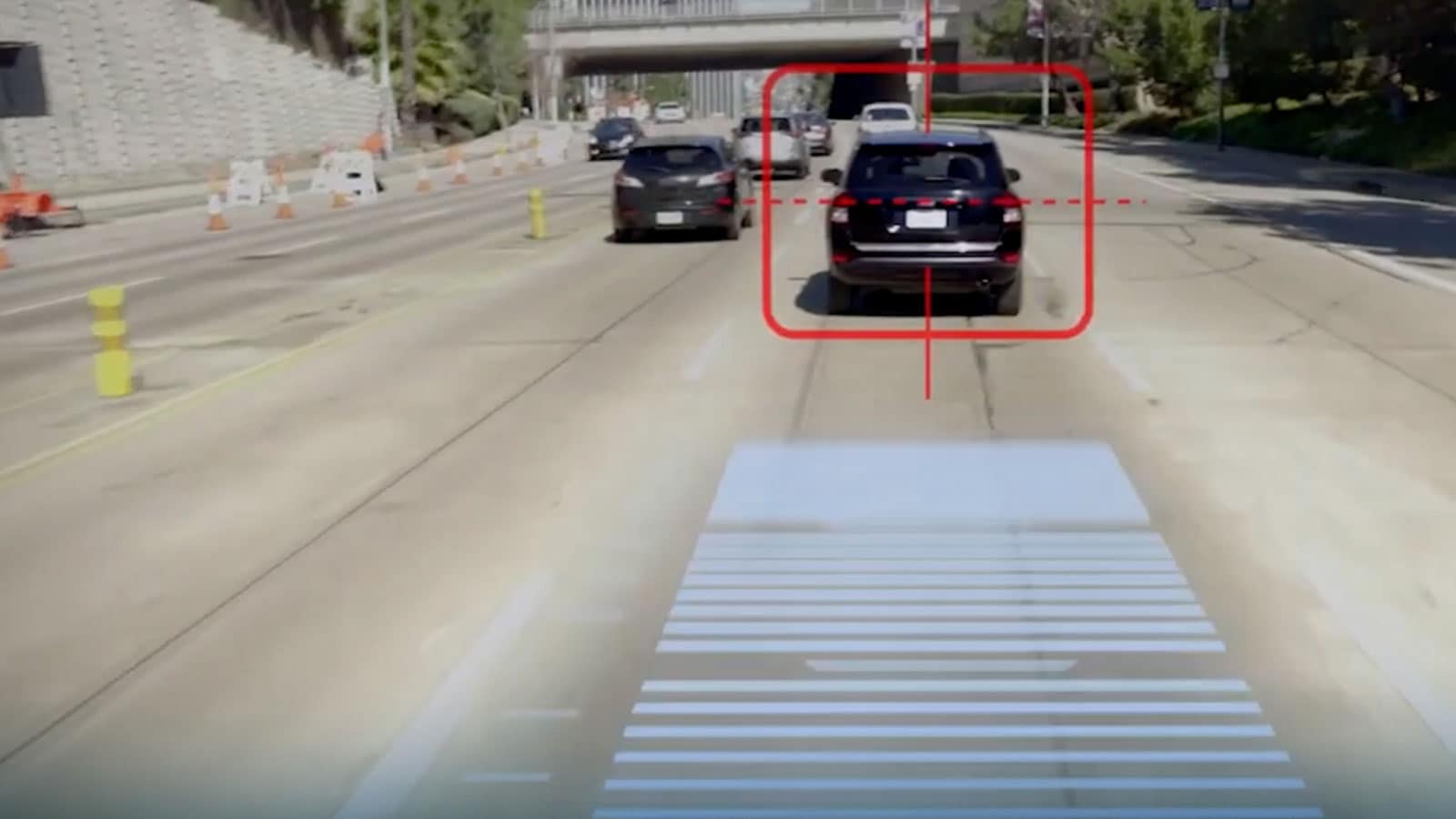Table Of Content

Once the system detects an slower vehicle entering range, sensors will convince the ECU to decrease the vehicle's speed. Once the path clears, the cruise control will allow acceleration back to the preset speed. Designed only to maintain a constant preset speed, old-style cruise control lacks intuition and capacity to adjust to changing road conditions. One major concern with cruise control systems relate to the back and forth activity when the driver engages/disengages cruise control.
Explore Available Features on Toyota Safety Sense™ 3.0
According to the American Academy of Pediatrics, your child should ride in a rear-facing car seat until they reach the seat’s height or weight limit. Convertible and 3-in-1 car seats, which can face either the rear or the front, typically have height and weight limits for the rear-facing position that are higher than the limits on infant seats. In addition, the system uses a millimetre wave radar to judge the speed of the vehicle at the front.
Step-By-Step Instructions To Use Toyota Dynamic Radar Cruise Control
Abarth 500e Driving, Engines & Performance - Top Gear
Abarth 500e Driving, Engines & Performance.
Posted: Mon, 18 Sep 2023 07:00:00 GMT [source]
We work hard to strike a balance between content and ads and as a free site we greatly appreciate your support in permitting ads to render. Ads help us cover our server and maintenance costs, which helps us continue to keep this site free to use. You also don't want to miss out on any specials or discounts posted from the Cruise & Travel Industry! For the best site experience please disable your ad blockers for cruisingearth.com, then click the button below. Airbag systems were designed to assist in keeping you and your passengers protected.
VEHICLES
Under certain conditions, like road construction, Advanced Drive is designed to prompt the driver to take full control or will not initialize. Advanced Drive availability also may vary from map depending on HD-map update frequency and accuracy. Keep your child in this car seat until they reach the maximum height or weight limit allowed by your car seat’s manufacturer in the forward-facing position.
Benefits of Toyota Dynamic Radar Cruise Control

Level 2 – To qualify as Level 2, a vehicle must have at least two driver-assistance technologies. This typically includes ACC and another technology like lane-centering assist or lane-keeping assist. With these technologies, the vehicle can steer, accelerate, and brake on its own in certain conditions. Level 2 still requires the driver’s hands on the wheel and eyes on the road.
It can use radar, laser, binocular computer vision systems, a forward-aimed camera, or some combination of these technologies to track the traffic ahead of your vehicle. It senses when that traffic flow slows or stops, reacting to maintain the preset following distance. The first adaptive system in 1999, Distronic on Mercedes-Benz vehicles, speed reduction could only result through the ECU throttling back on acceleration.
Adding ACC to Older Vehicles
In a Level 3 vehicle, the driver can completely surrender control of the vehicle’s operation on specific roads. The driver must be prepared to resume control in case of an emergency but otherwise doesn’t have command of the car. That is, the driver’s hands can be off the steering wheel and their attention elsewhere. Systems with multiple sensors can practice sensor fusion to integrate the data to improve safety and/or driving experience.
If detected, the system can alert the driver with warning sounds and automatically apply the brakes to avoid a collision or reduce collision damage. Level 3 – If Level 2 is partial self-driving, Level 3 is conditional full automation. A Level 3 self-driving system uses a wide spectrum of driver-assistance features and artificial intelligence (AI). These technologies collude to react to and make decisions about the vehicles’ ever-changing situations.
In particularly complex driving situations, such as inclement weather or unstructured road environments, the system may not function as expected, and we should be ready to take control of the vehicle. Despite these limitations, adaptive cruise control is a step towards smarter, more autonomous driving technology, making our journeys safer and more enjoyable. When a greater reduction in vehicle speed is necessary, perhaps due to sudden congestion, the system may apply your vehicle’s brakes and operate its brake lights to notify drivers traveling behind you. The system will then respond to changes in the speed of the vehicle ahead in order to help maintain your preset vehicle-to-vehicle distance.
Newer electronic systems now since involved with vehicle braking allows for greater effectiveness to adaptive cruise control. BMW's Active Cruise Control includes a Stop & Go feature which can even draw a vehicle to a complete standstill in cases like gridlock traffic. However, it should be cautioned that braking power exerted by the vehicle's ECU is no more than 20% of total stopping force. For any adaptive cruise control including braking capabilities auto manufacturers will express the fact that these systems were not meant as a substitute to good driving behaviors. DRCC is a radar adaptive cruise control that works based on the preceding vehicle in front of you to maintain a preset distance and cruising speed above 20 mph. According to the Canadian Council of Motor Transport Administrators, fatigue plays a role in up to 21 percent of motor vehicle collisions, making it the third-highest measurable cause of accidents in the country.
The Blind Spot Monitor (BSM) system is designed to help alert you to vehicles that may be in the Supra’s blind spot, letting you know when it’s safe to change lanes. When you’re slowly backing out of a driveway or parking spot, Rear Cross-Traffic Alert (RCTA) provides audible and visual indicators to help warn you of approaching vehicles. DRCC is a feature that automatically adjusts your vehicle’s speed to maintain a preset following distance from the car ahead. It enhances safety, reduces driver fatigue, and offers added convenience, especially during long drives or in stop-and-go traffic. In case, the vehicle in front completely stops, the Mazda radar cruise control automatically brings your vehicle to a complete halt.
The Full-Speed Range DRCC works with the Toyota Pre-Collision System to make driving highly convenient. This system is designed to work in a broader speed range than the standard DRCC. Toyota knows that every safe arrival matters, which is why DRCC is part of Toyota Safety Sense™ (TSS), a suite of advanced safety features to be included on virtually every vehicle produced by Toyota by Autumn 2017.

No comments:
Post a Comment